How to Make Gin from Scratch
If you want to know how to make gin from scratch, you have to start with the basics.
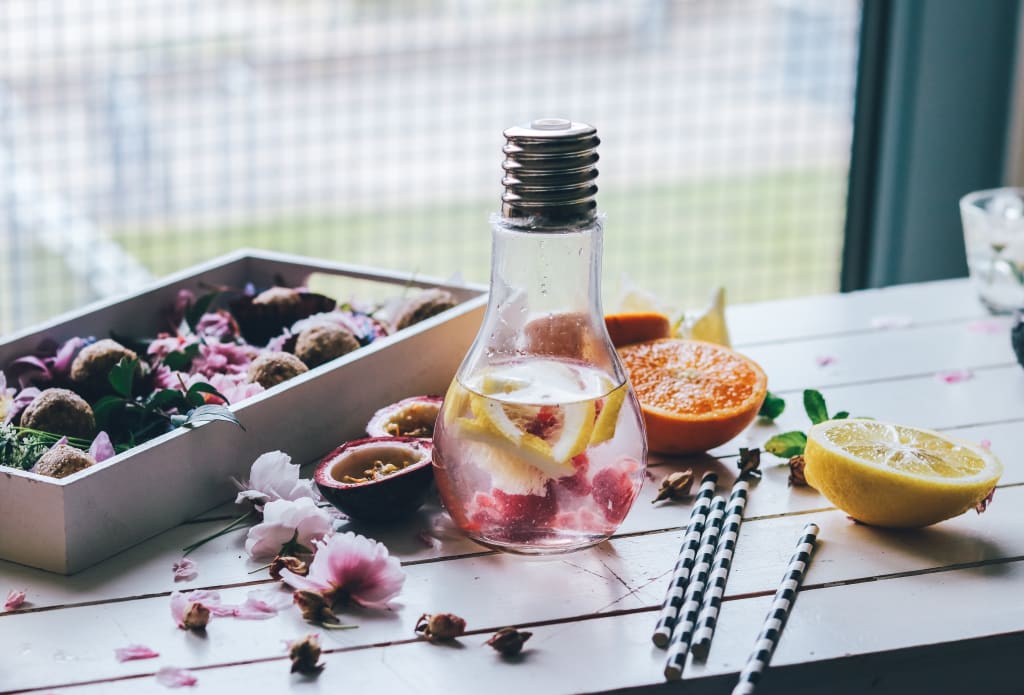
If you start now, you can have your own homemade gin in two days or so. While it might be more hassle than some people want to go through on a regular basis, there are a lotof perks to the do-it-yourself approach. First of all, the feeling of drinking gin that you know you made yourself is very satisfying. Pretty much all homemade things just have a little extra specialness to them, a kind of satisfaction that can only really come from creating something with your own hands. In addition, having the ability to make your own gin from scratch will give you a leg up on enhancing the delicious gin cocktail recipes everyone should know. You can tweak your proportions of spices, change your base vodka, try letting it sit longer or shorter, and eventually end up with a perfect, tailored-just-to-your-tastes, homemade gin.
Step 1: Gather your ingredients.
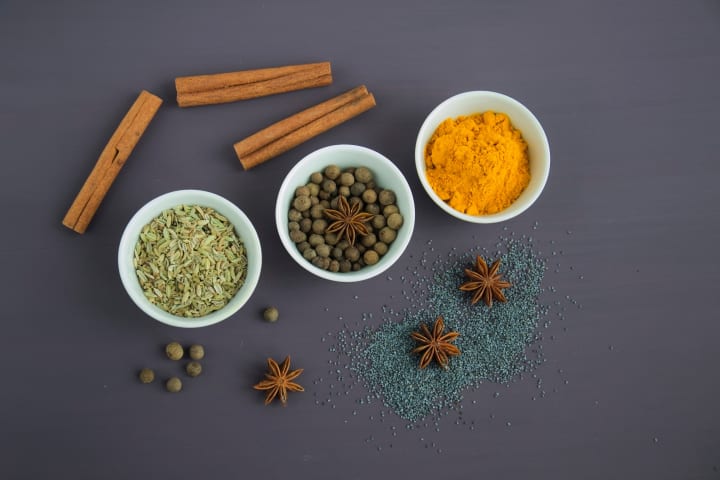
Photo by Mareefe from Pexels
The practice of learning how to infuse your alcohol with fresh fruit, spices, herbs, and botanicals is becoming increasingly more prevalent in bartending culture, and learning how to make gin from scratch is, to a large extent, like learning to cook something just a little more complicated than ramen from a bag. As with any recipe, you need to start by gathering your ingredients.
I will be completely honest here: I was shocked, and vaguely offended, when I found out that gin is basically fancily flavored vodka. However, by definition, gin is just a grain alcohol of 37-40 percent alcohol by volume (ABV), infused with certain spices which always include juniper berries. Unlike actual flavored vodkas though, the re-distillation process (which we'll talk about), changes the flavor much more than just adding a fruit smell to that familiar, rubbing alcohol smell. Don't expect a mango-sriracha-cotton-candy smell either though, there are some weird vodkas out there, and gin is, itself, an entirely different class of alcoholic beverage.
Anyway, the first ingredient you need is a base alcohol, which is almost always vodka. You might be tempted to reach for the top-shelf vodka, but there are many easy ways to make cheap liquor taste better, and a lot of the quality of gin comes from the infusion process. If you're a vodka fan already, just stick with your favorite brand. I personally can't stand Smirnoff, but Gordon's is a pretty cheap, light option that infuses well. I've also heard good things about homemade gin made from Stoli or Skyy, which are also generally affordable and light enough to facilitate the gin flavors.
Once you've got your base alcohol, you'll need a few more ingredients. The main ingredient you definitely cannot skip is, of course, juniper berries. You don't like juniper berries, you say? Well, why did you want to make gin in the first place then?
In addition to the juniper berries, you have tons of options. Many people use cardamom pods, cinnamon sticks, coriander seeds, angelica root, fennel seeds, and even herbs like rosemary and anise—just make sure you get the fresh stuff, it makes a big difference. You'll also definitely want the peels of an orange, a grapefruit, and/or a lemon. For making just one bottle or jar, which I recommend doing at least for your first attempt, you'll probably want about two tablespoons of juniper berries, half a cinnamon stick, one tablespoon of coriander seeds, one sprig of any fresh herbs you'd like to use, and about six grams total of the citrus fruit peels— so, two grams each, two grams of lemon and four grams of grapefruit, whatever your heart desires. Again, you can always adjust your ratios to your taste preferences.
Step 2: Gather your equipment.
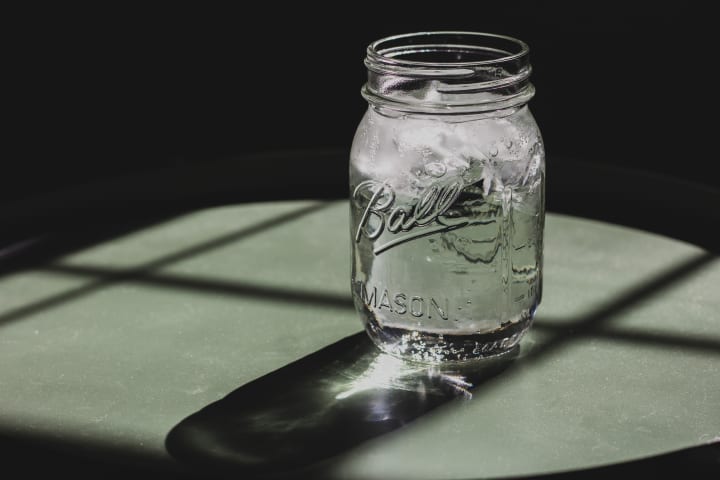
Photo by Ethan Sykes on Unsplash
Once you have your ingredients, it's time to gather up your equipment. Technically, no matter what you do here, you're making "bathtub gin"— yeah, that Phish song isn't pure gibberish. The term was originally coined during prohibition in the 1920s, when secret liquor-making operations were commonplace. While rumors circulate that gin would actually be madein bathtubs, this is unlikely to succeed—if true, it would be truly terrible gin, as it needs a closed apparatus to properly infuse. Maybe its because bottles would be topped off with tap water from the bathtub faucet as the bottles were too tall to fit in the sink? Who knows? A more inclusive term for your DIY gin may also be called compound gin, as any distillation process that involves marinating the flavors for long periods of time in cool temperatures is called "cold compounding." This differs from your industrial distilleries, which use "stills," devices that facilitate a rapid re-distillation through contained heat. For us amateurs though, cold compounding will have to do.
For a small batch, your "bathtub" should just be two jars or bottles. I find mason jars easiest to pour in and out of (especially once you get to the straining part), but any glass container of this sort will do.
Finally, you'll need a sieve, and a coffee filter or cheesecloth along with, of course, whatever ingredients you may want to include in your newest favorite gin drink when all is said and done.
Step 3: Clean and sterilize your jars.
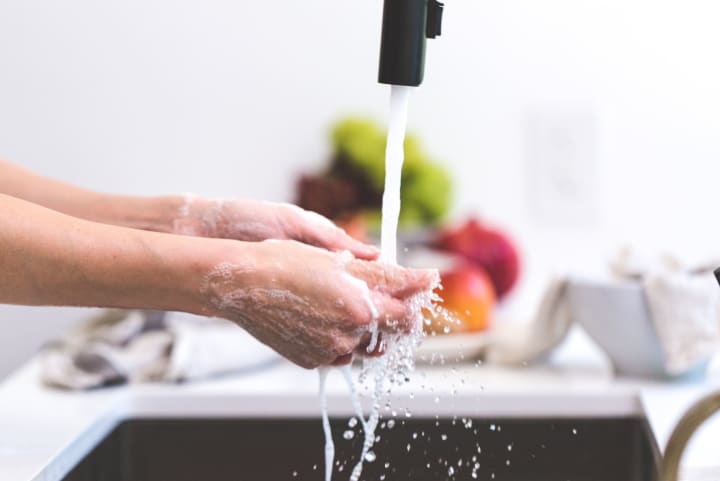
Photo via Shopify
You don't want any "extra" flavors in your gin that you didn't choose yourself, and the infusion process is one designed to leech all the flavors in the jar into the alcohol. If, for instance, you're using a rinsed-out pickle jar, you want to be incredibly careful to completely clean it out. Knowing how to make gin from scratch does you no good if it always comes out tasting like pickles. You also want to make sure to avoid leaving any soap residue on the insides of your glass bottles, so the very last thing you do, after you wash them, is rinse them thoroughly with boiling water.
Step 4: Marinate the juniper berries.
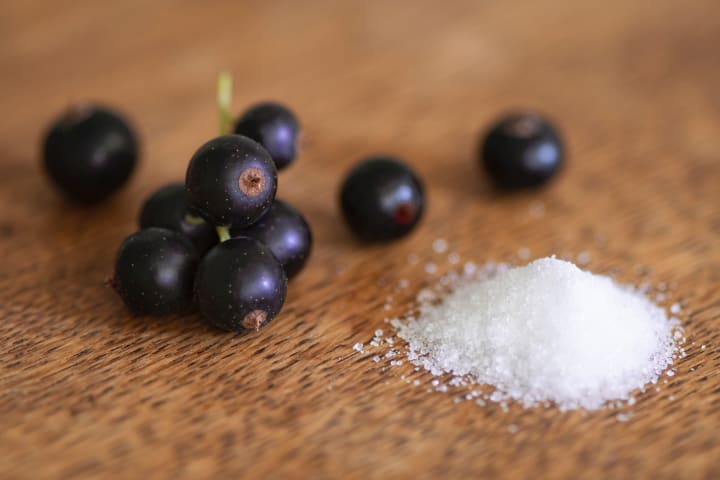
Photo by mali maeder from Pexels
Because the juniper flavor is what really gives gin its flavor and identity, most gin makers like to marinate them longer than the rest of the ingredients. So before anything else, pour your base alcohol into one of the glass bottles and add the juniper berries. Then let it set in a cool, dark place for a couple of hours. I actually like to let it marinate overnight, but again, you can adjust your recipe to your particular tastes and preferences. Another thing many people do is let the berries marinate for just a few hours, add most of the spices and herbs—but not the citrus peels—and then let it sit for another 24 more hours.
Step 5: Add the rest and let sit.
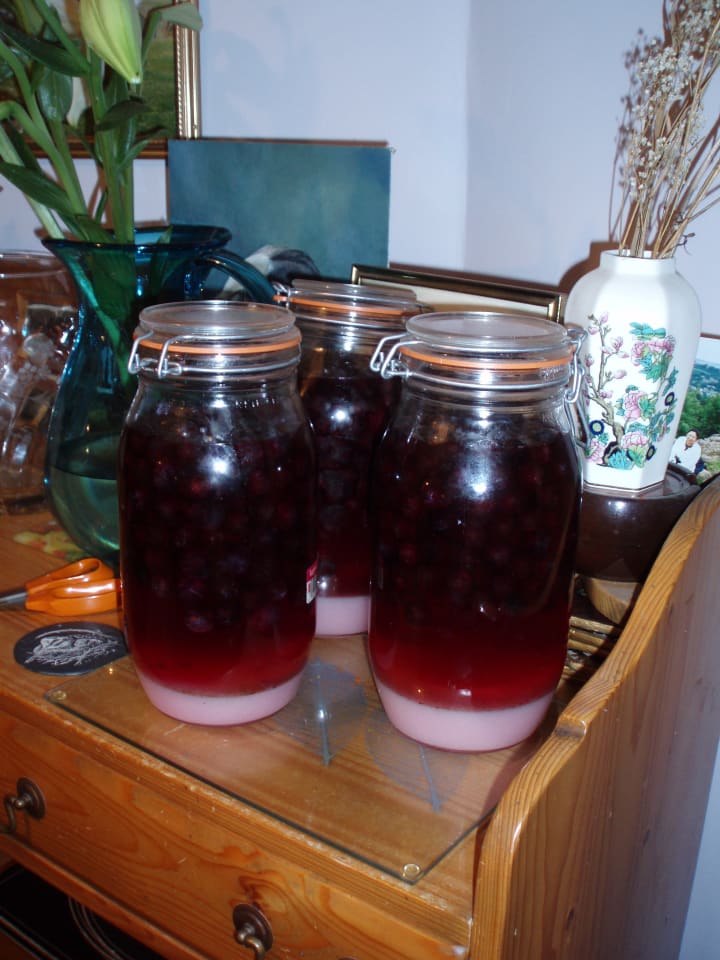
Photo by Malcolm Murdoch—originally posted to Flickr as Sloe Gin!
Once your juniper berries have marinated, along with any other ingredients you'd like to let stew for longer, take the jar out and add any remaining ingredients you plan to use, even if that's just the citrus peels. Put the lid back on, put it back in that cool, dark place, and let it sit for another 24 hours. Frankly, knowing how to make gin from scratch is really just a matter of tossing stuff in a jar and practicing patience. It still sounds pretty cool though.
Step 6: Strain thoroughly.
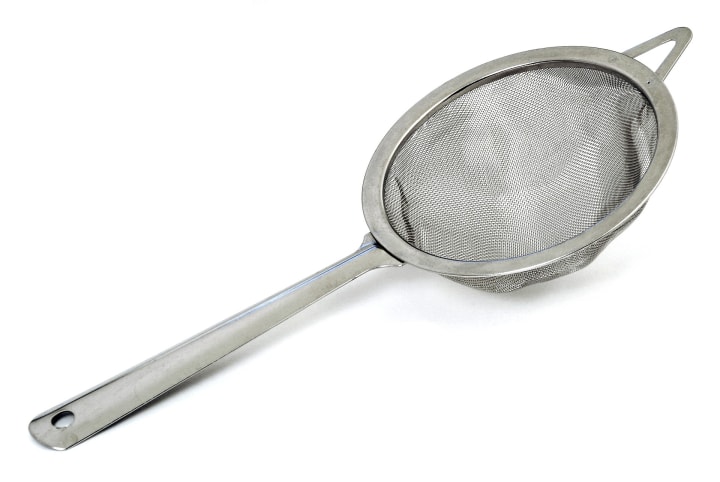
Photo via Pixabay
Once your gin is marinated, you just need to strain it. Many gin makers recommend firstly using a coarse-grained straining method, like a sieve, and then a fine-grained one, like a coffee filter or cheesecloth. This is where the second jar or bottle comes into play—you can pour your gin back and forth through your straining instruments until it's clear of sediment. After a pass or two, you should let the jar sit for a few minutes, to make sure no solids remain. If you do see solids collecting at the bottom of the jar, just strain and strain again.
While you don't want solid particles in your gin, don't worry that it isn't the clear substance like Bombay Sapphire or Beefeater that you're used to. The home distillation process will leave you with, usually, an amber-colored liquid. That's just a part of the process though, and it won't affect the taste.
Step 7: Refrigerate and enjoy!
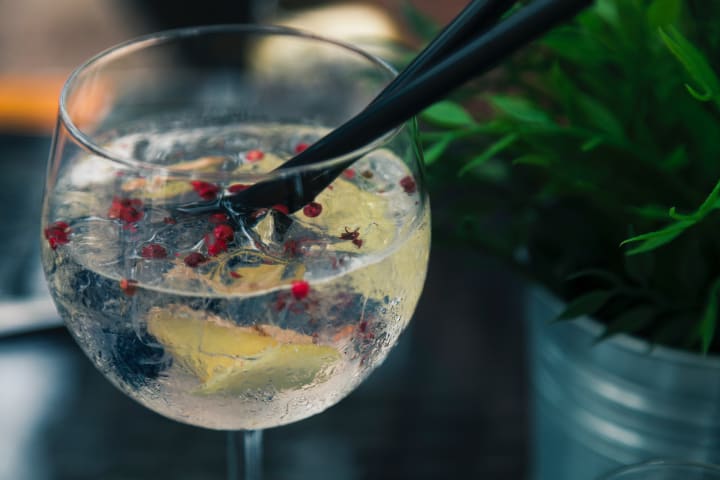
Photo by Peter Fazekas from Pexels
Once everything is marinated and strained, your gin is just about ready. The last steps are pretty simple: Stick it in the fridge, make it into a drink, and enjoy it! Now you know how to make gin from scratch. If you're not pleased with the results, consider trying different ingredients, ratios, and marination times to get just the right flavor you're looking for.
About the Creator
Nicola P. Young
Lover of Books, Saxophone, Blogs, and Dogs. Not necessarily in that order. Book blogger at heartofinkandpaper.com.


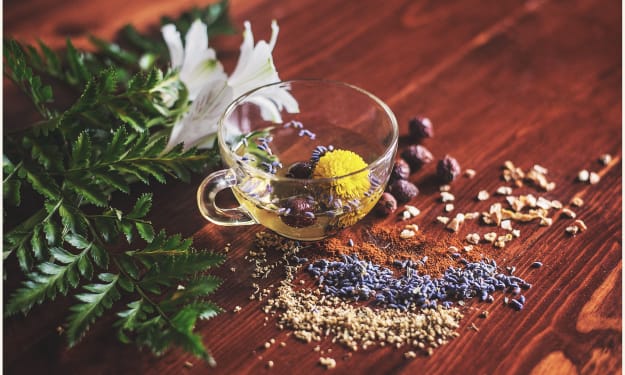



Comments
There are no comments for this story
Be the first to respond and start the conversation.